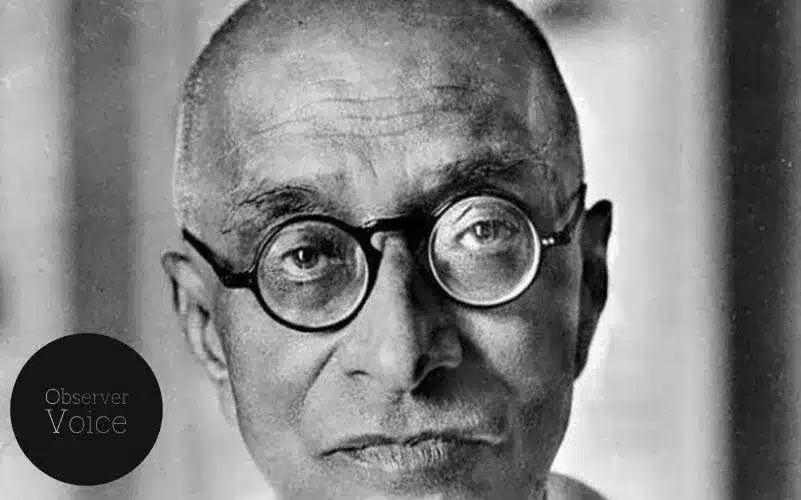Chakravarti Rajagopalachari: Architect of Modern India

Chakravarti Rajagopalachari (10 December 1878 – 25 December 1972) was an Indian statesman, writer, lawyer, and independence activist. He was a founder and leader of the Swatantra (Independent) Party.
Life and Career
C Rajagopalachari was born on 10 December 1878, in Tamil Nadu, India. After starting school in a village school at age 5, he moved to Hosur R.V. Government Boys High School. In 1894, he graduated from Central College, Bangalore. In 1897, he graduated from the Presidency College, Madras, where he studied law. In 1911, Rajagopalachari became a member of the Salem, Tamil Nadu, municipality, inspired by Bal Gangadhar Tilak, leader of the Indian freedom movement. From 1917 to 1919, he was also chairman of the municipality.
Rajagopalachari was one of Mahatma Gandhi‘s true followers in 1919 when he joined the Indian independence movement. Additionally, he was active in the non-cooperation movement. As a result, he was elected General Secretary of the Congress Working Committee. The Government of India Act 1919 established the Imperial Legislative Council, and he became the leader of the “No-Changers” group in Congress. He was one of the main organizers of the Vaikom Satyagraha movement against untouchability in 1924-25.
As a result of the Government of India Act being passed in 1935, he became the first Premier of the Madras Presidency after being elected to the Tamil Nadu Congress Committee in 1937. He took several path-breaking initiatives during his two-year reign as Madras Presidency premier (1937-1939). The list includes removing restrictions on Dalits getting into Hindu temples, easing the debt burden of farmers, and requiring Hindi in schools.
During the interim government headed by Jawaharlal Nehru, Rajagopalachari served as Minister for Industry, Supply, Education, and Finance. In 1947, he became the first governor of West Bengal after India gained independence. After Lord Mountbatten left India for good, he served as Governor General of India from 1948 to 1950. In addition to being the last Governor-General of India, he was the only Indian to hold the job. In 1950, he was Home Minister for 10 months after Sardar Patel passed away. His resignation came after he had ideological differences with Jawaharlal Nehru. He ultimately returned to Madras. In 1952, he was appointed Chief Minister by the Madras governor.
He formed the Swatantra Party in 1959. It stands for equality and opposes government control. DMK, Swatantra Party, and Forward Bloc forged an alliance against the Indian National Congress in the 1967 Madras Legislative assembly elections. This resulted in a defeat for the Congress Party and a victory for the DMK alliance. With 45 Lok Sabha seats, the Swatantra Party became the single biggest opposition party in 1967. He died on 25 December 1972, in Tamil Nadu, India.
Major Works
Rajagopalachari is remembered for all the stuff he did for his country in Madras from 1952-54 while he was the Chief Minister of the state. He created the state of Andhra, ended sugar rationing, and introduced the ‘Modified System of Elementary Education.
Award and Legacy
In 1954, he was awarded the Bharat Ratan, by the government of India.
Read More: 9 December: Remembering Mahendra Nath Mulla on his Punya Tithi
Observer Voice is the one stop site for National, International news, Sports, Editor’s Choice, Art/culture contents, Quotes and much more. We also cover historical contents. Historical contents includes World History, Indian History, and what happened today. The website also covers Entertainment across the India and World.
Follow Us on Twitter, Instagram, Facebook, & LinkedIn

